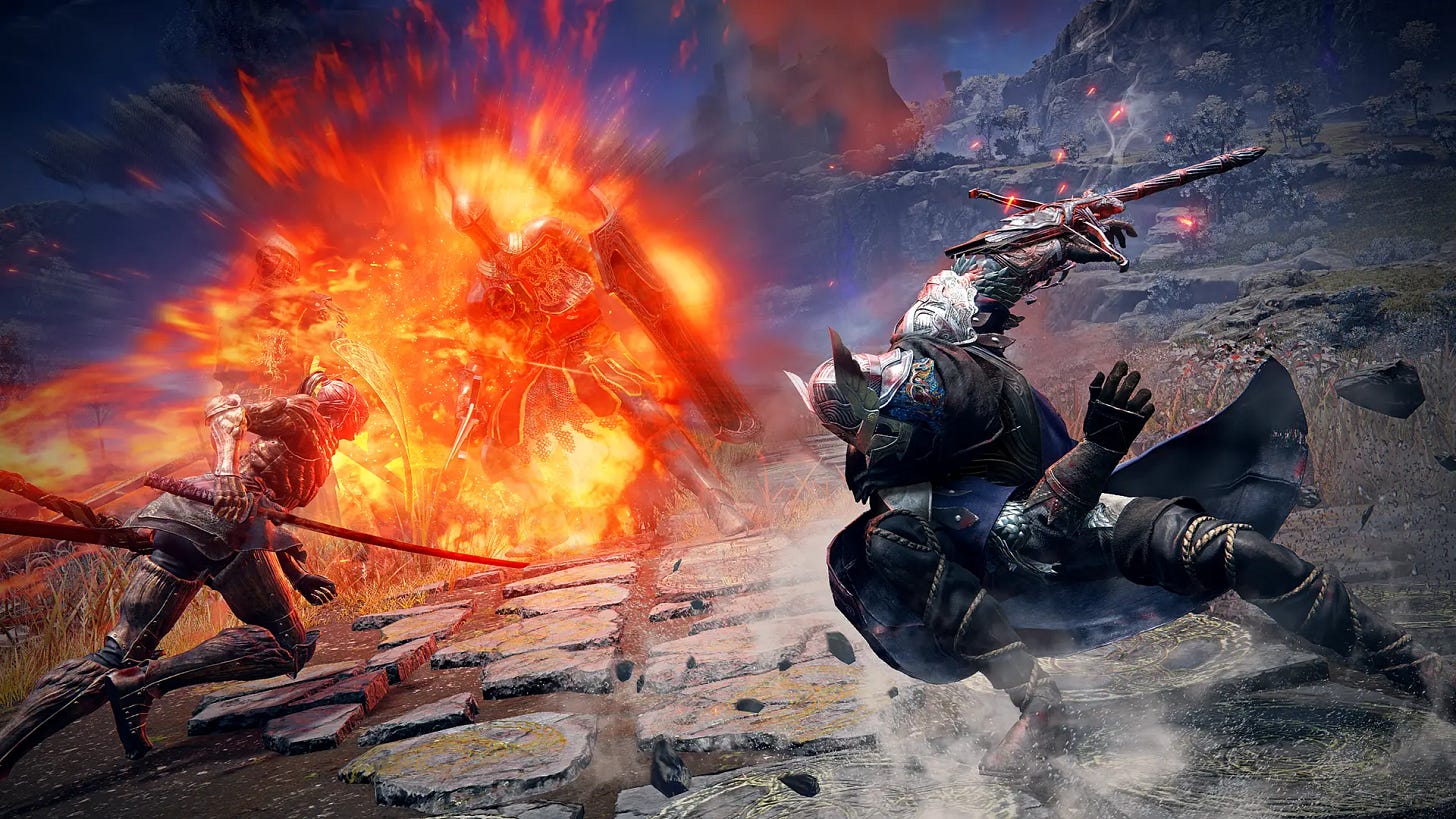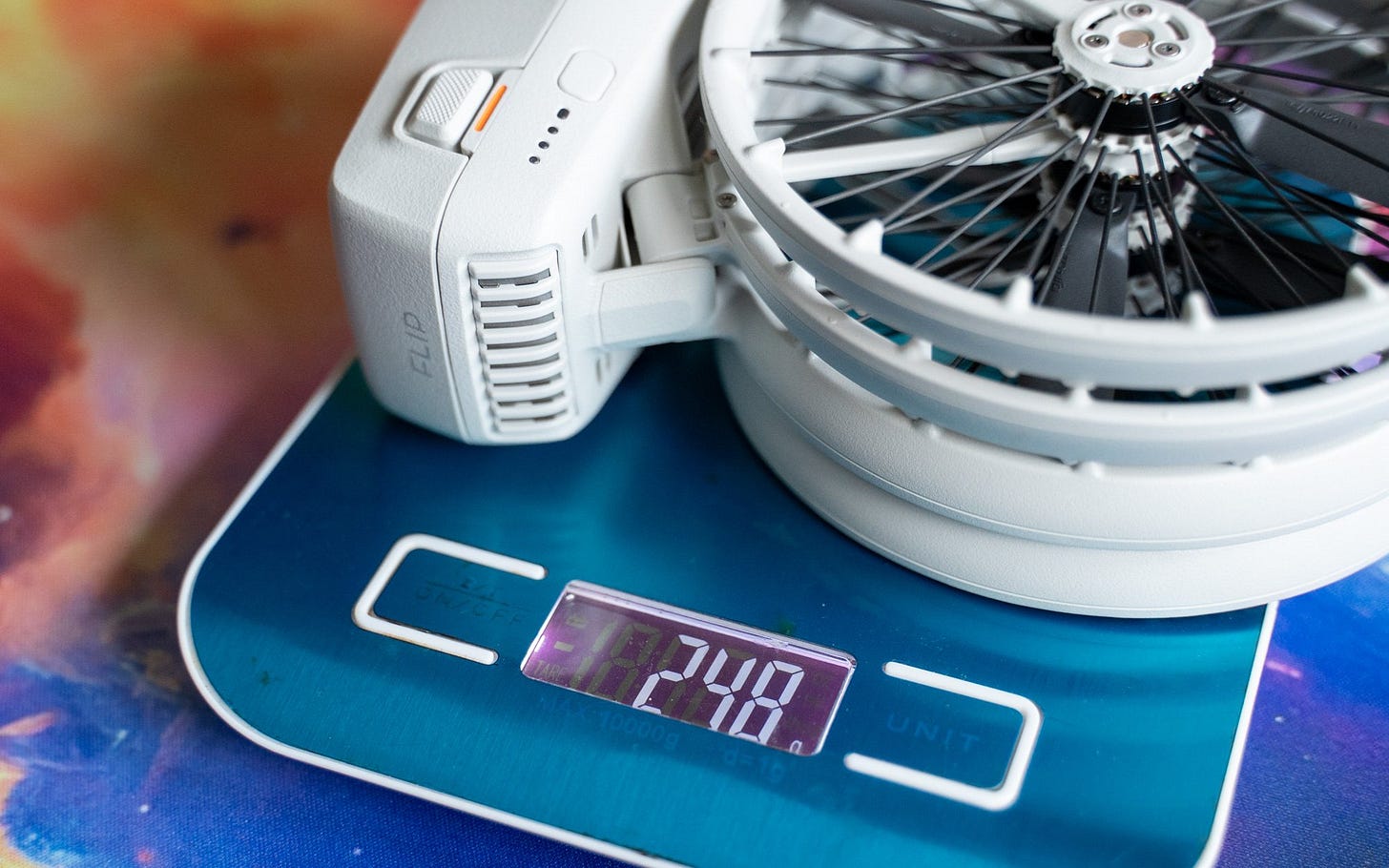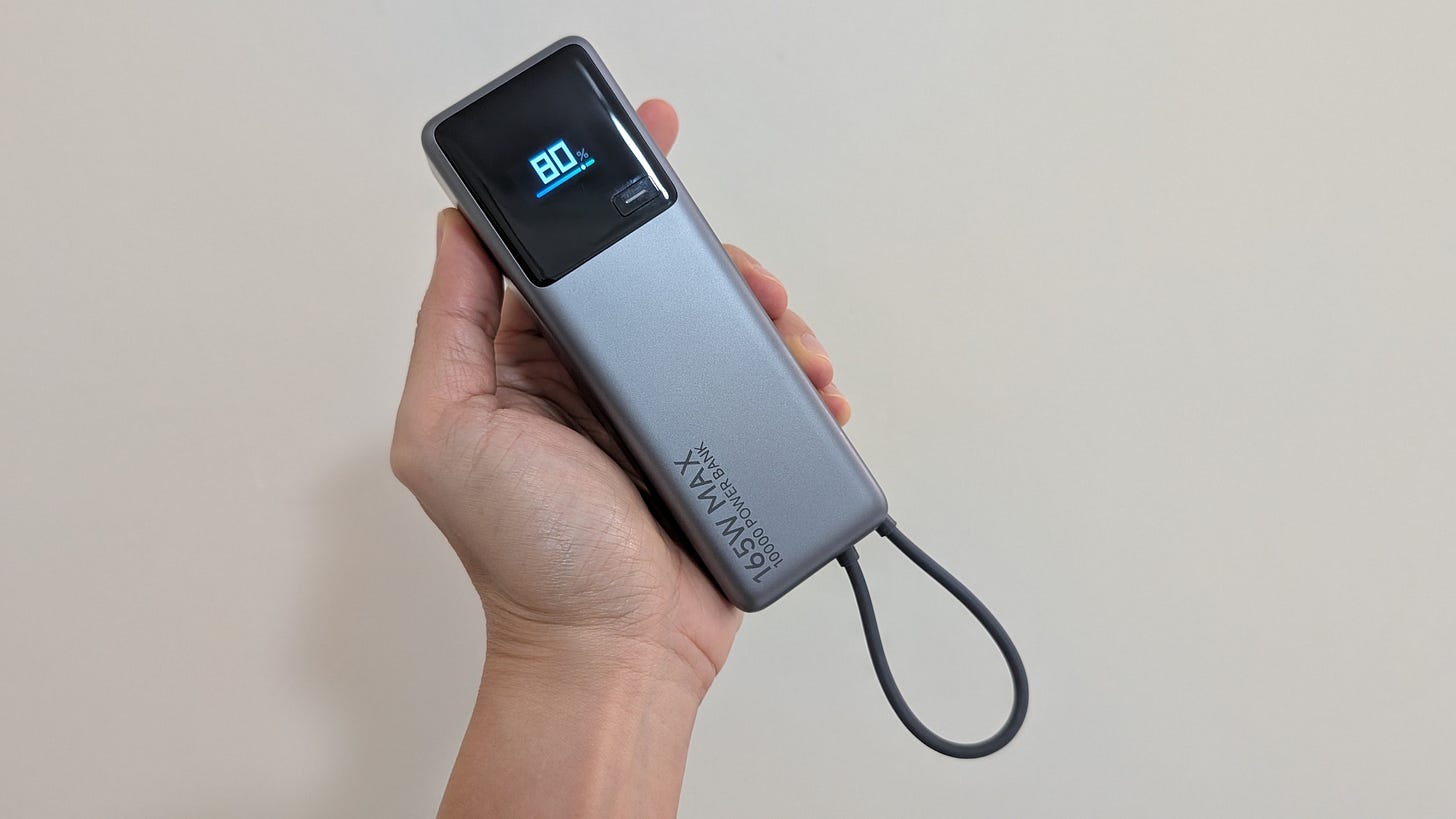An Elden Ring spin-off was not on my wishlist when Elden Ring Nightreign was revealed at The Game Awards 2024. Neither was the genre, which seems like FromSoftware mashed up battle royale (like Fortnite, players air-drop into the game) and open-world RPG. Basically, you and two other party members have to survive a 3D2N jaunt in a randomly generated version of Elden Ring’s Limgrave that changes with each game session. Each night will have a boss encounter, with a final boss fight — if you manage to survive that far — happening on the last day.
I had a taste of Nightreign over the weekend during its network test. Despite the inevitable online hiccup — I didn’t manage to play a single minute during the first 3hr session — I got about 8 hours of playtime altogether in the subsequent sessions. You start the game in the Roundtable Hold. This is the game lobby where you can change your character — there are 8 premade characters, though only four were available during the network test — and switch the relics — that give boosts to attributes and abilities — that are acquired, and carry over between runs.
As for the actual game, it was quite simply, a blur. Unlike Elden Ring, there’s no fall damage, and your character can scale sheer cliffs effortlessly, and sprint forever. All this is necessary since as a battle royale, the circle is always closing in, consistently forcing you to head towards the safe zone. This mechanic also means that there’s no time to admire the scenery, explore the world, or sometimes even choose the best loot for your character. It’s all go go go, right from the start, like you’re doing a speedrun.
As a novice, I mainly followed any team-mate who appeared to know the way around. Of course, if the entire team was clueless, it often meant players splitting up, getting lost and then killed. Dying during the day will incur the loss of a level, which is quite punishing. Party members get a short window to revive a fallen team-mate by hitting him/her with their weapon.
Communication was limited to pinging locations on the map — there’s no premade script to use — and presumably voice. FromSoftware has said that you won’t be able to leave messages on the ground, like in Elden Ring.
A typical run would involve hitting various areas, like a castle or dungeon to take down a mini-boss for the rewards, or heading to a church to increase the number of uses for the healing flask. The enemies I faced were the same ones you’ll find in Elden Ring. The bosses are not exactly the same, but there are similarities. Same goes for the gear from chests and from beating bosses. In addition, each character also has unique abilities. The Wyler, for example, has a grappling hook ability that’s reminiscent of Sekiro: Shadows Die Twice.
I found myself diving into the next run immediately after finishing (or losing) a run, which takes around 30 to 40 minutes. That’s probably a good sign, though I have questions about FromSoftware’s plans to maintain the game’s longevity. The battle royale games I have played regularly switch up the game. But seeing as Nightreign is not a free-to-play live service game, are the developers also going to change up the bosses or dungeons in the future? Or add new playable characters?
In any case, Elden Ring Nightreign is definitely not for everyone. Those who are into exploration and lore will likely find this game too hectic, while the multiplayer, and online requirement will probably rule out some players, too. Elden Ring Nightreign (S$49.90) launches May 30 on all platforms (Xbox X|S, Xbox One, PlayStation 4/5, and PC).
This week, we tried out DJI’s new Flip drone, which as its name suggests, can fold into a smaller form to bring on your next holiday. We also tested a 49-inch ultra-wide monitor from Prism+, and a handy (and fast-charging) power bank from Xiaomi.
The DJI Flip folds into a compact form, and weighs under 250g, making it a perfect drone to bring on a holiday. You don’t even need to bring a controller. Flight time is around 18 minutes, but you can buy more batteries, and a microSD card to increase the limited storage. More importantly, it takes good photos and videos.
Make your games feel epic with a massive ultra-wide monitor like the Prism+ 49AL QD-OLED monitor. This curved 49-inch display offers a vast canvas for work and play — it’s especially suited for the latter with a 240Hz refresh rate. However, its HDR performance is middling at best. There’s also a built-in KVM switch that makes it easy to use multiple PCs with the same keyboard and mouse.
With up to 120W charging, the Xiaomi 165W Power Bank 10000 is the perfect companion for your Xiaomi or Redmi mobile devices. It has a helpful colour display to show the status of the power bank, while the integrated USB-C cable doubles up as a lanyard. The power bank itself recharges at a decent rate with a 90W or higher power adapter. And it’s quite affordable at S$51.90.







